|
Reader Bob B's VFR700 sports a vanity license plate that seems particularly apropos for today's political climate. Very cool…and color coordinated to the R/W/B Interceptor.
0 Comments
 Click on image for the Craigslist ad Click on image for the Craigslist ad What: 2007 VFR800 Anniversary Why: Low miles, farkled Where: Atlanta, Georgia Price: $5000 or best offer It's always nice to see a well-kept example of the '07 25th Anniversary Edition become available, and this example qualifies. Showing only 11,000 miles, well equipped, mature owner, and sporting white wheels to bring home that vintage vibe on a modern Interceptor. From the seller: "Very nice bike heli bar risers, Sargent seat, SBK exhaust, new chain and sprockets, LED lights, cruise control, new pilot roads front and rear. New brakes, power commander 5 that was dyno tuned. Old guy time for a new home." The photos don't do this bike justice (please don't photograph a nice vehicle in front of trash cans) and don't show much detail, but I don't discern ABS brake hardware and can't really zoom in on the paint condition. So, I would want to ask for some more detailed photos and discuss any flaws, but otherwise this seems a very desirable package. The price is in line with the bike's condition, miles and extras, and the seller is open to offers. This will make a great sport tourer for the next caretaker. Bridgestone is hosting their Spring rebate event through June 30. Get $60 or $70 back on a set of Battlax tires. Click on the image for the Bridgestone link.
Michelin is also offering up to $50 rebates plus a $25 gift card when ordered from…. For good prices and help with the rebates: https://www.rockymountainatvmc.com/tires-and-wheels  Click on image for the article link Click on image for the article link Stators, regulators, Mosfet, AC/DC, alternators, rectifiers, volts, amps…if your head spins at the mention of charging systems and all the misinformation spewed on internet forums, you might just benefit from this concise but thorough article from motorcycle cruiser.com. I stumbled upon this helpful little gem while researching something or other and thought…"I wish I'd had this information about thirty years ago." It would have given me a solid knowledge base to build upon, or at least shown me what these various bit of hardware were all about. So, if you could use a lesson on your bike's charging system, or just a refresher, click on the image above. Well, this can't be good…. While prepping my 1993 VFR750 last fall for winter storage, I couldn't help but notice this unusual scene. A solidified, sticky, honey-colored goo had appeared on the lift handle, obviously originating from above, its source hidden under the tail fairing. Some investigation revealed that the Ignition Control Module (ICM) was bleeding this stuff. It wasn't actively leaking, so I decided it could wait till the VFR came up on the winter schedule. (click on an image to enlarge) Last week, I finally got the bike on the lift for a few winter tasks, including syncing five sets of carburetors, so time to see what's going on here. On the bench, I didn't get much insight beyond the obvious — the plastic case had been oozing this stuff but no more had accumulated over winter storage, so maybe this only occurred when running and warmed? Don't know, but I strongly suspect that there's no repair to be had here. Fortunately, my parts stash included an ICM salvaged a few years ago from a running 1990 model, and an online check showed the same part number used from 1990-93. A quick plug & play swap, test run, and voila, back in business. The moral of the story; keep your old parts.
P.S. The goo cleaned up with a plastic scraper and lacquer thinner. 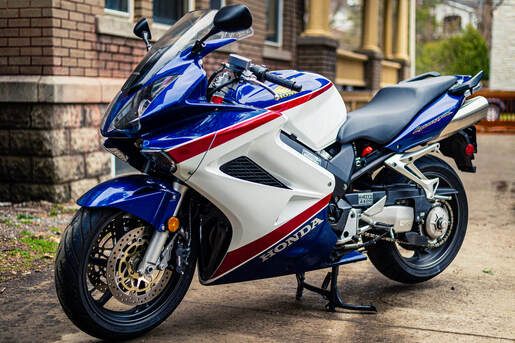 Click on image for the ADVrider link Click on image for the ADVrider link What: 2007 VFR800 Anniversary Edition Why: Low miles, pretty Where: Oneonta, New York Price: $4000 Found on ADVrider.com and located in upstate New York, this very presentable Anniversary Edition VTEC 800 shows only ~8000 miles on the clock, and is represented as a 2-owner bike with the only modification being a set of HeliBars. According to the seller, "great shape, minus a few scratches here and there." Clean, unmodified Anniversary Editions are becoming harder to find, especially at a reasonable asking price like this. Here's your chance at a perfect rider-grade example.  Click on image for the GP Cycleworks link Click on image for the GP Cycleworks link One of the final tasks on Project 41, a 1987 VFR700, was to install a windscreen. The owner chose a higher touring-type screen from GP Cycleworks, formerly know as Gustafsson Plastics. This screen is substantially higher than stock, with a pronounced outward arc, presumably to redirect airflow over and around the riders head. The screen arrived well-packed but still had some light scuffing along the centerline, top to bottom. A call to GP Cycleworks got me a trio of Novus plastic polishes sent ASAP. A light handbuffing with #2 scratch remover followed by an application of #1 protectant had the acrylic looking new again. The mounting process wasn't so easy…. I've used three aftermarket windscreen brands over the years, including a $38 Chinese repop, and all provided the mounting holes pre-drilled…but not this one. Instead, a plastic-specific drill bit and a practice piece of plastic are provided along with a link to a company instructional video. The video mostly concerned itself with how to mark the holes for drilling using an original windscreen, and explained, like the label, to drill using high speed and low pressure. So, I made a few practice holes, discovering that the provided bit wasn't large enough to fit the screw diameter, so I gently enlarged the holes with a step drill. That went well, so on to marking the windscreen on the bike.  And this is where the struggles began…the screen does not have enough side-to-side curve molded in to wrap onto the fairing, and it required a large amount of force and four hands (six would have been better) to push and hold the shape long enough to get an accurate marking. It didn't help that the edges of the screen don't really follow the lines of the headlight well. I also had to heavily tape the mirror stalks as the sharp edge of the screen wanted to constantly scrape the mirrors. I don't have any photos of these acrobatics as that would have required even more hands. There is no way I could have marked the holes using their bench top method — the original screen would have been too distorted to allow an accurate marking. Patti and I eventually found that the only way the two of use could accomplish this was to mark only the front lower two holes and secure the screen temporarily in place with those, then bend one side and mark-remove-drill-install that side, then mark-remove-drill-install the other side. Through all of this the sounds of creaking plastic on the part of the screen and the freshly painted fairing rose my anxiety to…ahh…uncomfortable levels. Somehow, we got the screen secured in place, avoiding damage and divorce. The screen was not lying flush to the fairing, of course, as the factory curve is so far off, so to make myself feel better I applied gentle heat to the entire screen in hopes that it would relax and settle into its new reality. No idea if that helped. From this description, you can probably guess my evaluation of this product: I would never do this installation again. In addition, the screen isn't blacked-out along the lower portion so the white fairing and the back of the instruments are visible, especially in sunlight — perhaps their dark tint option would help here. The edges don't precisely conform to the bike's shape so, in the end, it doesn't come off as a quality piece of hardware. At $257 (shipped to IL) I would expect more. In an earlier post, I adapted an MTM brand replacement fuel pump to a Gen-2 project, only to have it fail at about 50 miles. Lesson learned, I picked up a Mitsubishi-made (OEM) replacement pump on eBay under K&L part number 18-5529 ('90-97), and branded with the TourMax name; $147 total The box was a little tattered, and I found the cap screw loose but otherwise it arrived in good shape. (Below) There's two mounting issues; the first is that the male connector needed to be swapped for a female, and the second is the straight in/out tubes, as this replacement pump is spec'd for the 3d and 4th-Gen bikes (no Gen-2 replacement is available). To deal with the latter, I use a pair of 3/8" brass elbows which I need to cut down on one end in order to tuck the hoses closer to the pump, helping to clear the coolant overflow tank. I do this with the dremel, carefully leaving the second barb in place for maximum sealing. (Below) With the shortened tube held close to the pump, I cut sections of 3/8" (10mm) hose and test fit on the bike, which shows that I have about 4mm of clearance…perfect. After adding spring clamps I do final mounting and testing of the new pump installation. Everything checks OK, so I tuck the wiring in place and call this a success.
As I work my way through the 2d- and 3d-Gen carburetor sets awaiting a new lease on life, I find myself in need of stock size jet needles — if you have some to spare I'm happy to purchase or trade for some aftermarket jet kit needle sets. Some of these carb sets came to me with jet kits installed and I'm returning them to stock jetting.
The needles are NLA from Honda, of course, and there's a variety of subtle size differences among the generations/models/engine size. This is noted in an alphanumeric stamping under the "brim" at the needle's top, i.e. J99Q. I decided to compare the RC24/26 and '90-93 RC36 ('94-on are different) as they're the same length and visually nearly identical. I don't plan on interchanging them, I was just curious as to the taper differences. In this photo, I show those differences in millimeters and throw in a jet kit needle for comparison (I think it's from an RC24 Dynojet kit). Of course, this isn't an apples-to-apples comparison, as I don't know of any difference in the emulsion tube diameters, if any. But the sizable difference in main jet sizes would suggest there is; #118 (RC24) vs #130 (RC36). I can't imagine the extensive dyno tuning required by Honda engineers back in the day to get these needles to work just right. Switching to fuel injection in 1998 must have been a real game changer for those guys.  Click on image for the eBay link Click on image for the eBay link UPDATE: Not Recommended! At 50 miles the pump began to seep fuel and very soon after the pump motor operated but no pumping action. Stick with K&L: https://www.ebay.com/itm/335825276242 The OEM fuel pumps for our carbureted VFRs have been unavailable for years. When Project 41 was found to be in need of a pump replacement, I had to come up with a solution. Checking my stash of old OEM pumps I found nothing useable, and didn't want to experiment with the Chinese replacements, but I thought this eBay pump might be worth a try. A seller in Poland offers these for $61, including shipping. The brand is MTM, from Germany, and they've been making fuel pumps since 1989. The size and shape looked right in the photos, the fuel tubes have the needed 90° curves, and there's a 2-wire connector. I ordered one and it arrived within ten days. (Below) Looking it over, I noted two installation issues. The MTM has a male electrical connector and the Gen-2 needs a female (you'll find the same issue if you're adapting a later model VFR fuel pump to the Gen-2). No worries, I snipped off the correct connector from my selection of junk OEM pumps and soldered in place. Note that the MTM's black wire is ground and Honda's grounds are always green. I add some heat shrink and later wrap it all in electrical tape. (Below) The second thing I will need to address are the smaller fuel tubes found on the MTM pump; 8mm (5/16") vs 10mm (3/8"). This is quickly solved with the 5/16" Motion Pro fuel line I use on all my carburetor rebuilds. This Tygon line easily stretches over the 3/8" filter outlet and I then use an in-line adaptor, available on eBay or Amazon, to make the connection to the 3/8" carb supply line. The MTM pump conveniently labels the inlet tube, which is on the same side as the Honda OEM pump. (Below) I was very pleased to find that the OEM "shock rubber," as Honda calls it, fit the MTM perfectly. The rubber is still available from Honda (16711-KAF-305, $16.44). The completed assembly is installed on the bike and tested with a relay jumper wire to activate the pump. It flows well and the pump slows to a stop as the float bowls fill, just as it should. I'm calling this fix a success and hope it's a long-term solution.
|
THE SHOP BLOG
|
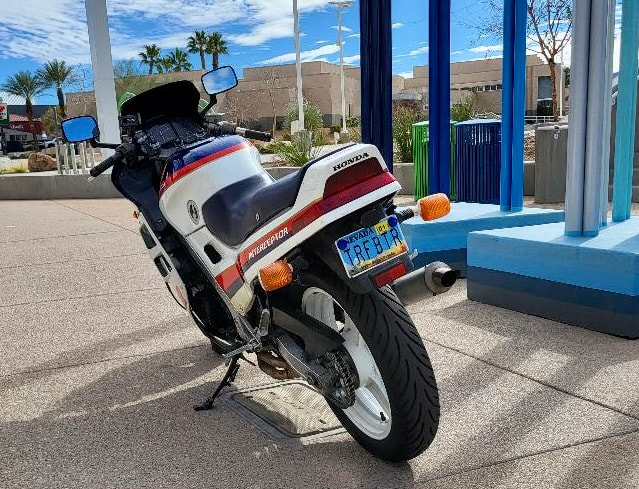

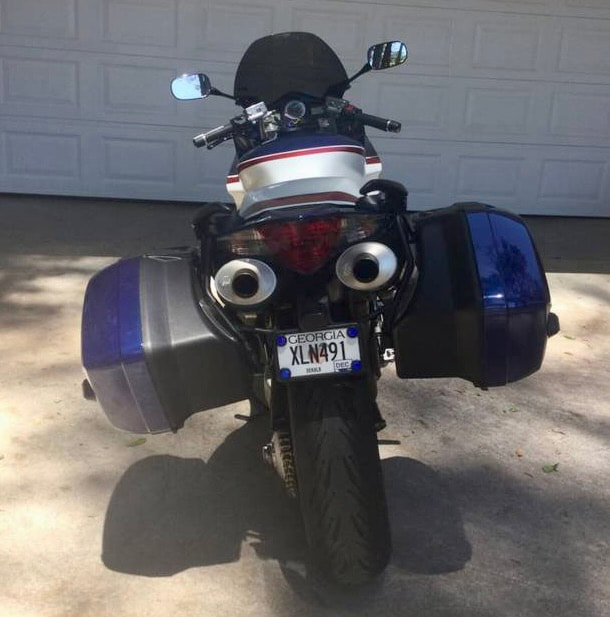



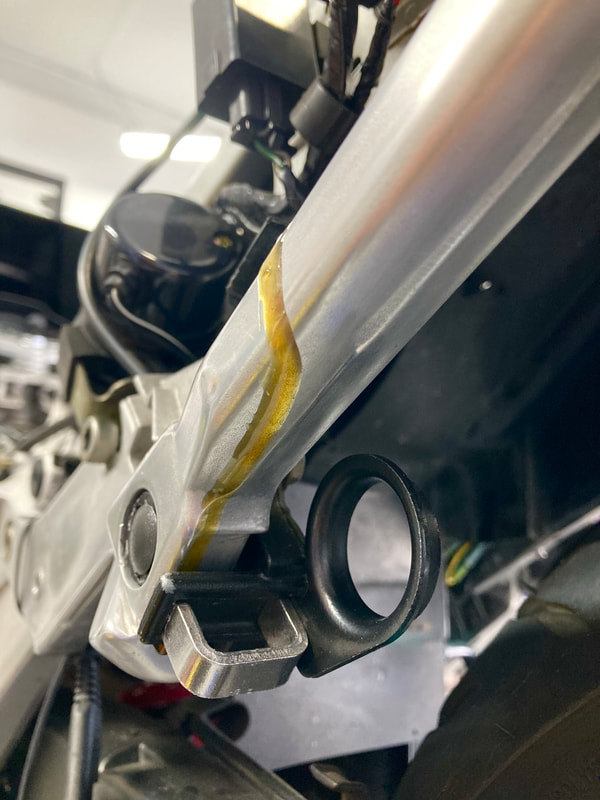
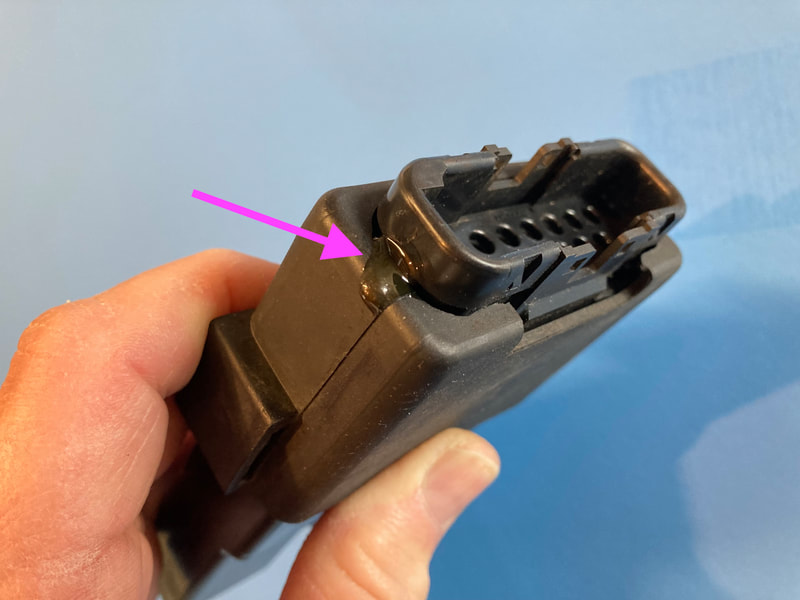
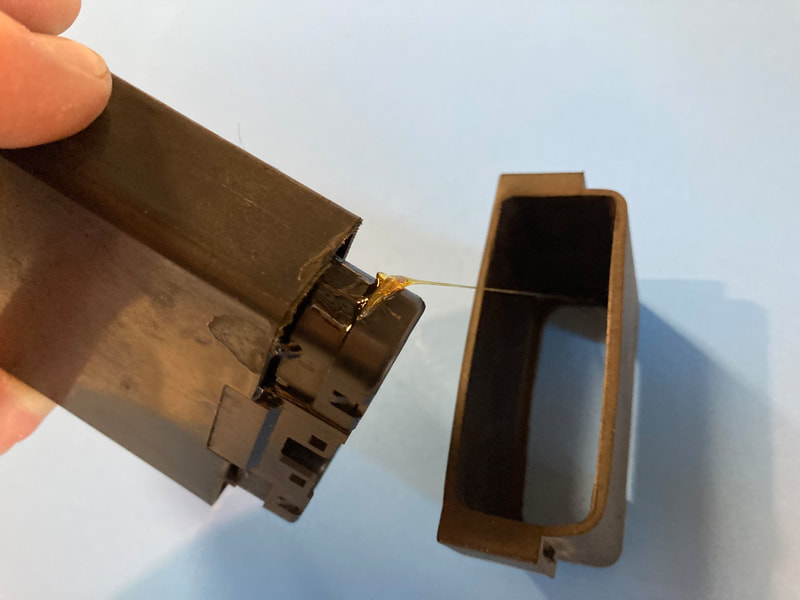

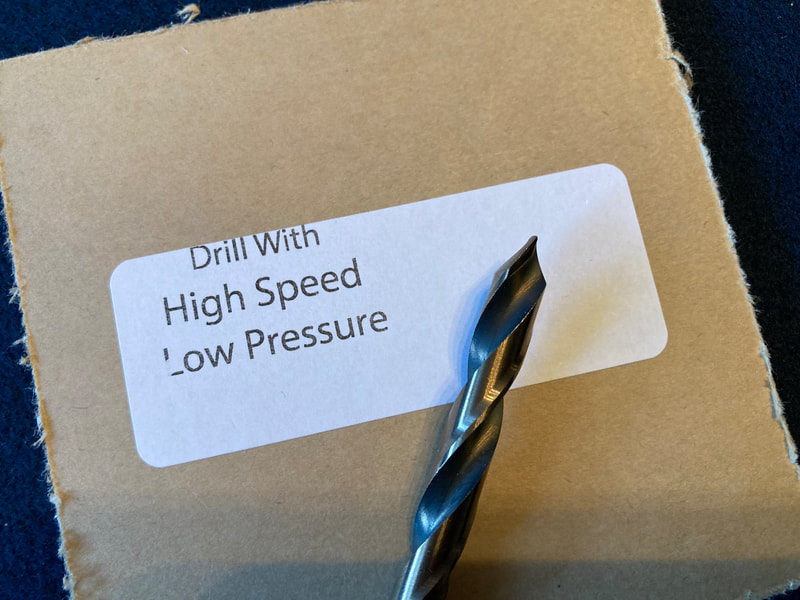
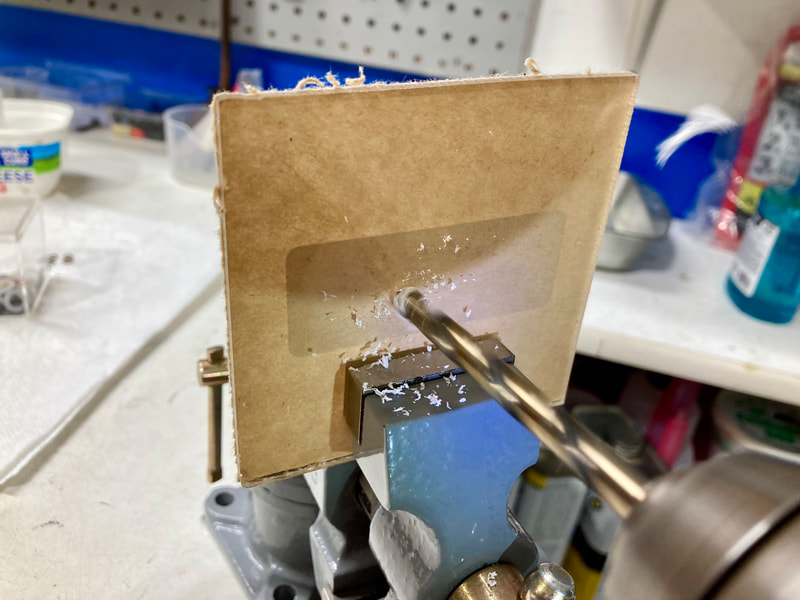
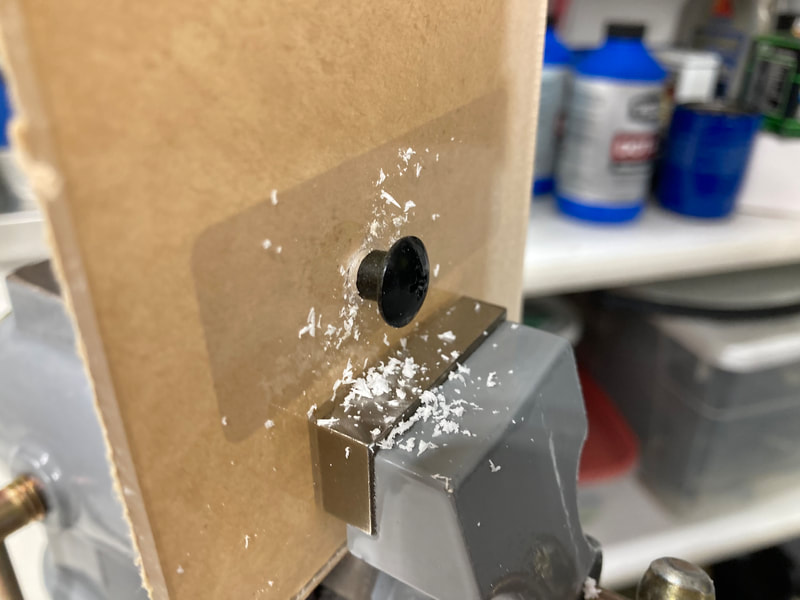
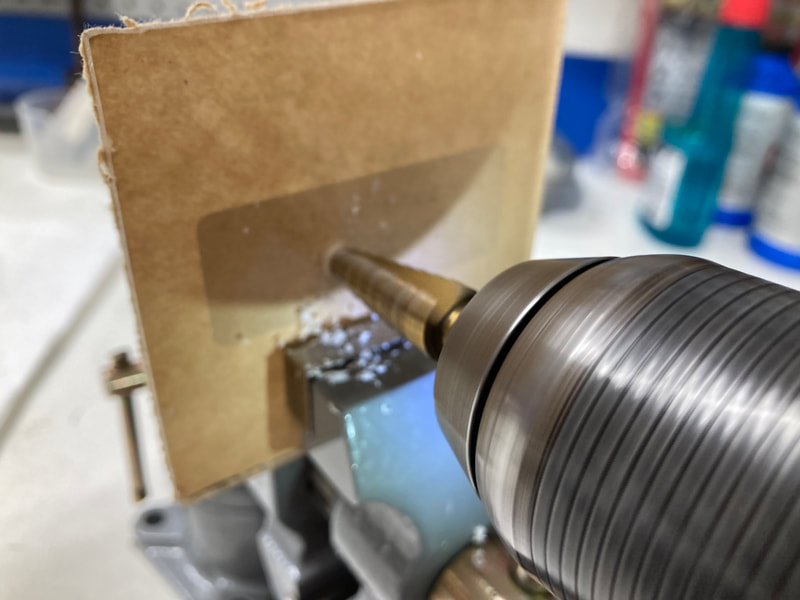
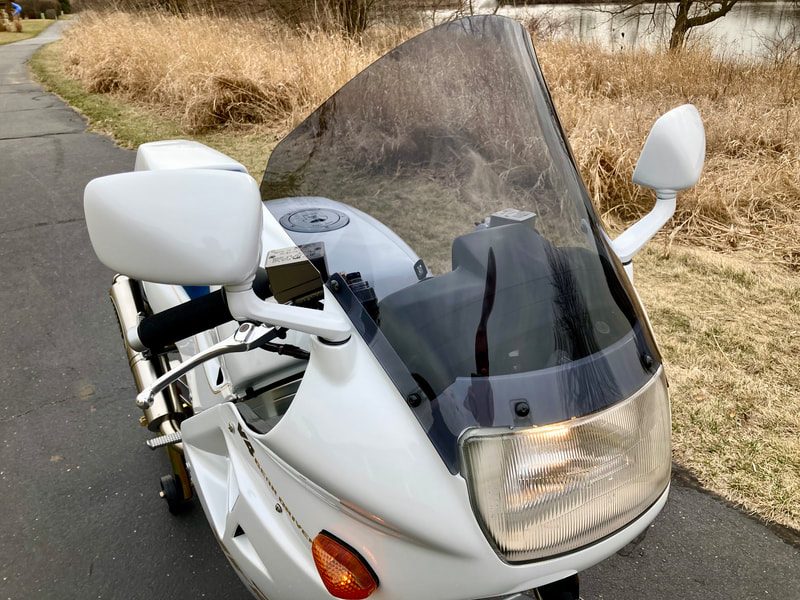
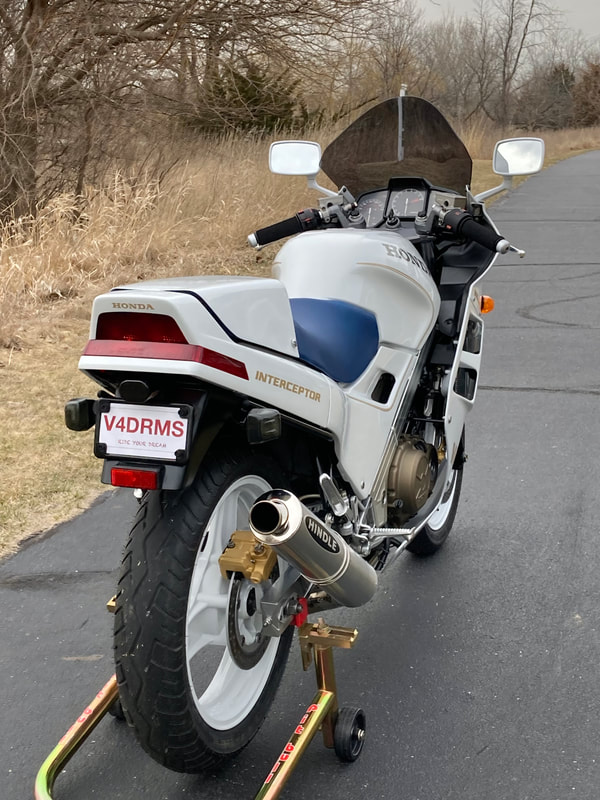
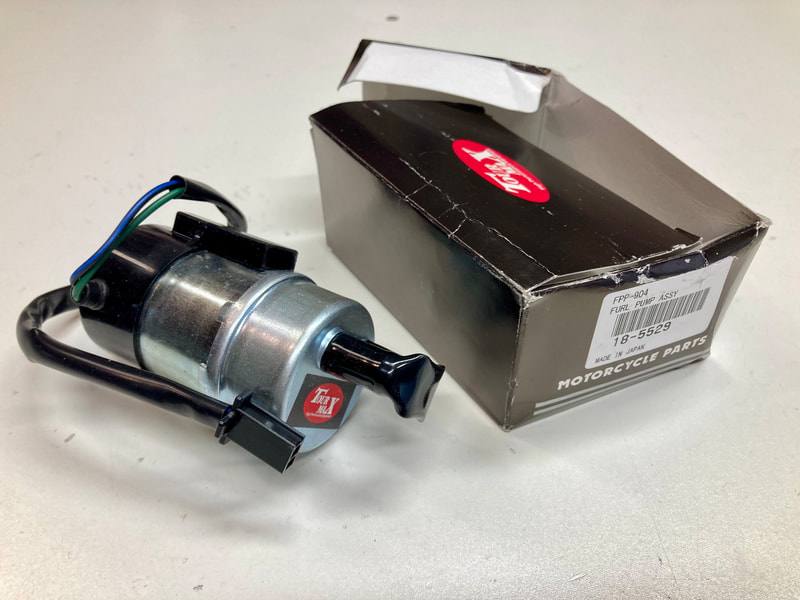
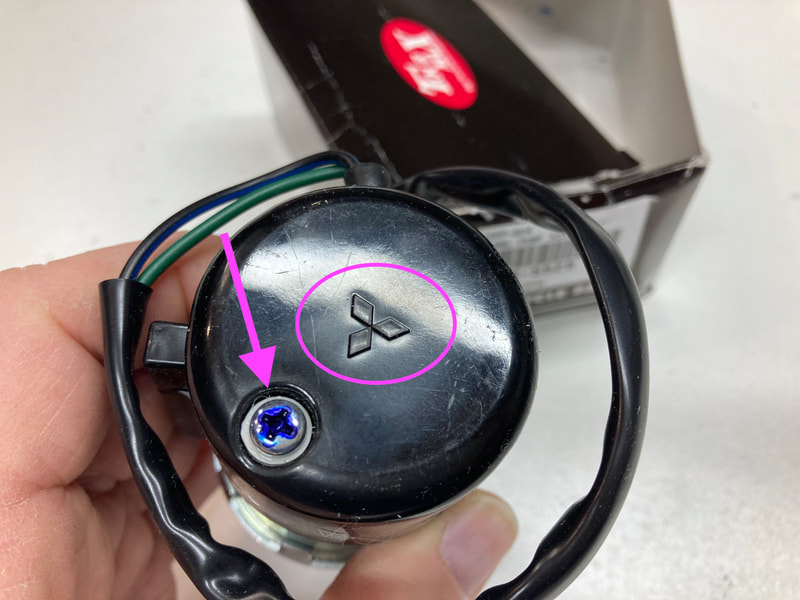
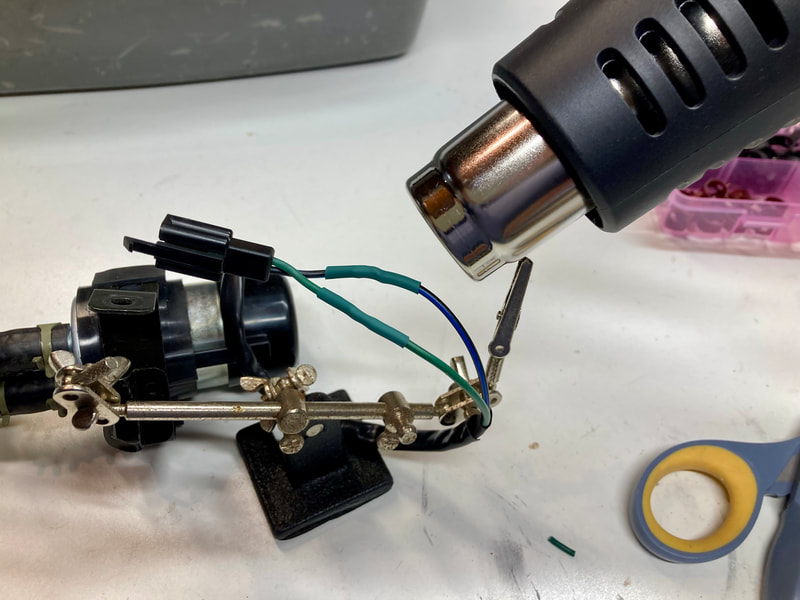
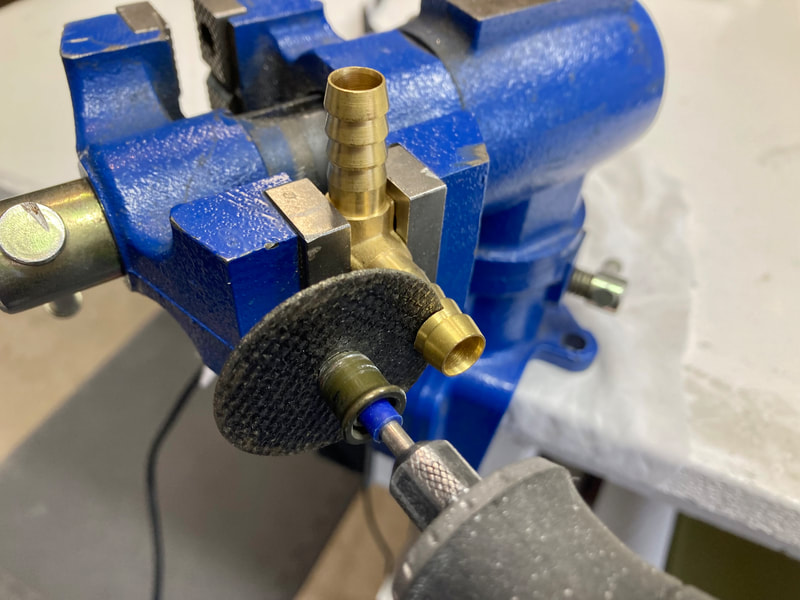
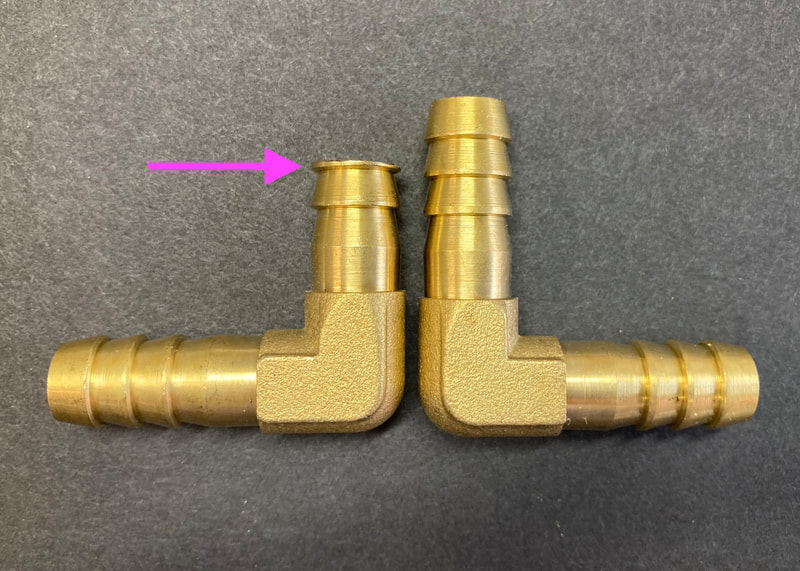
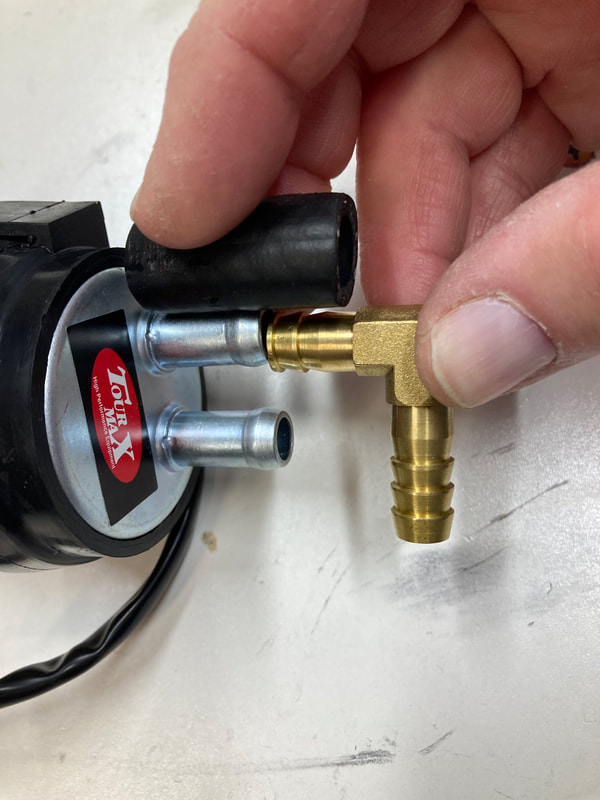
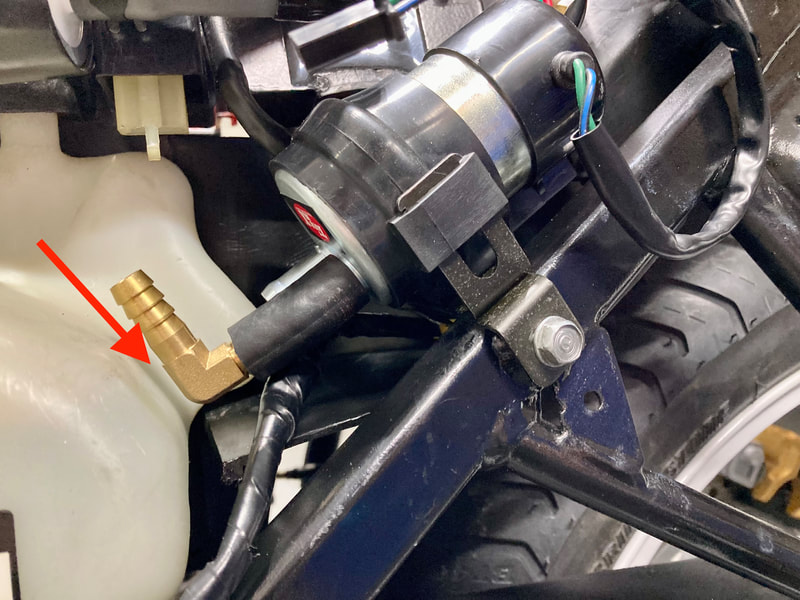


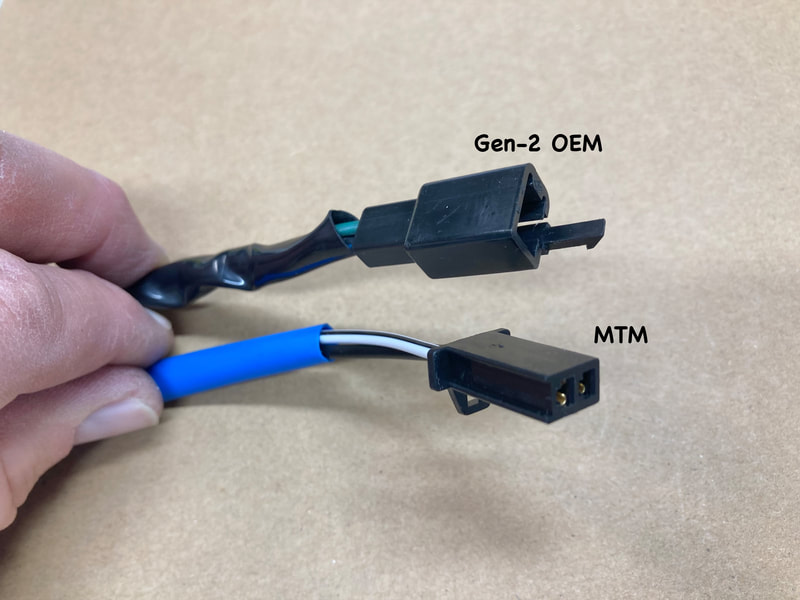
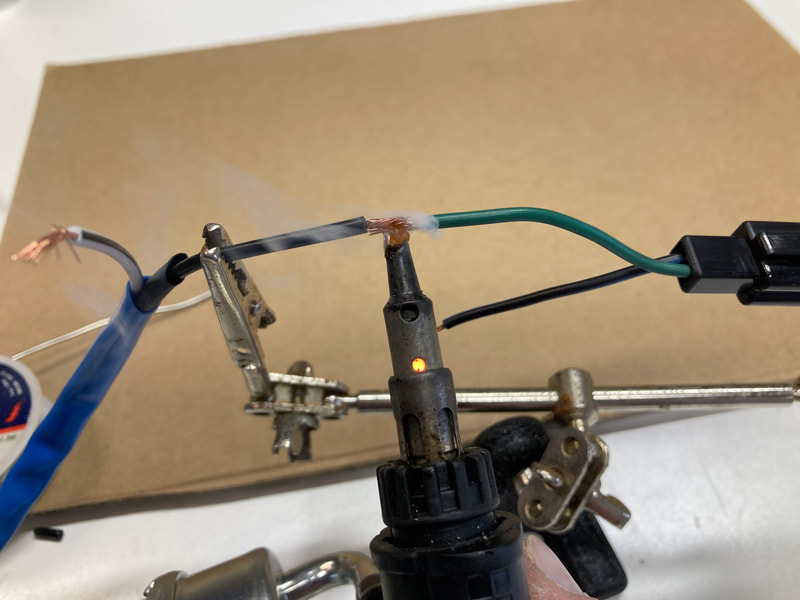
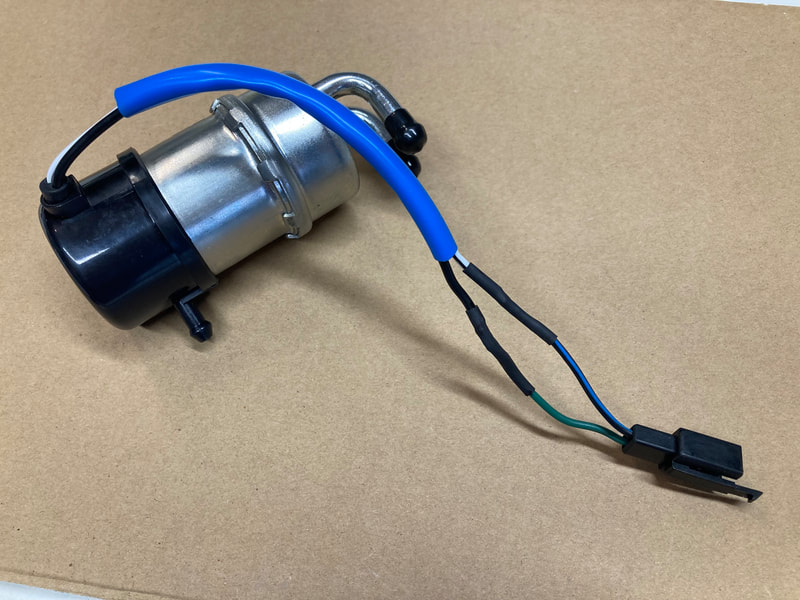
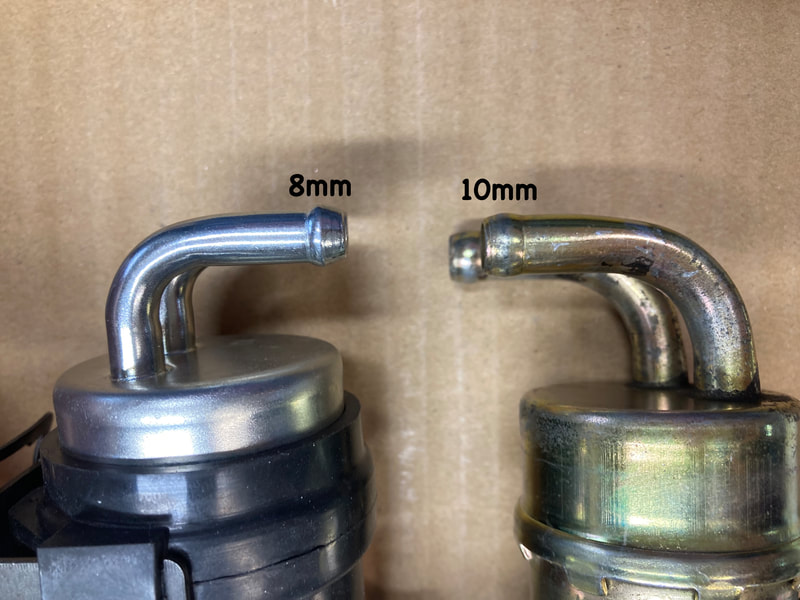
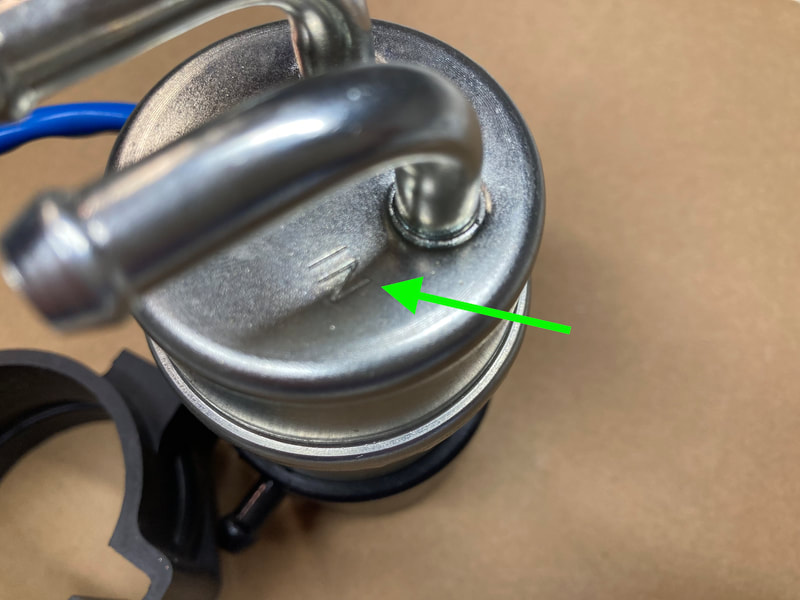
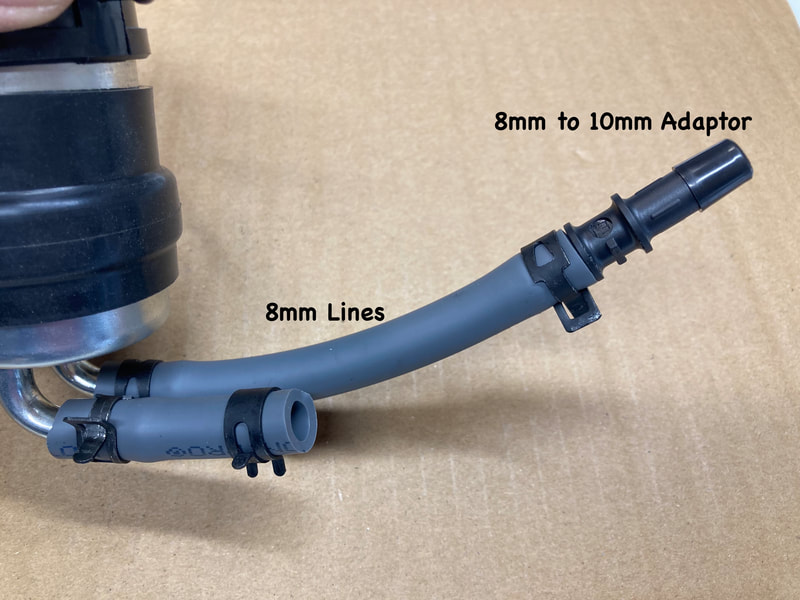
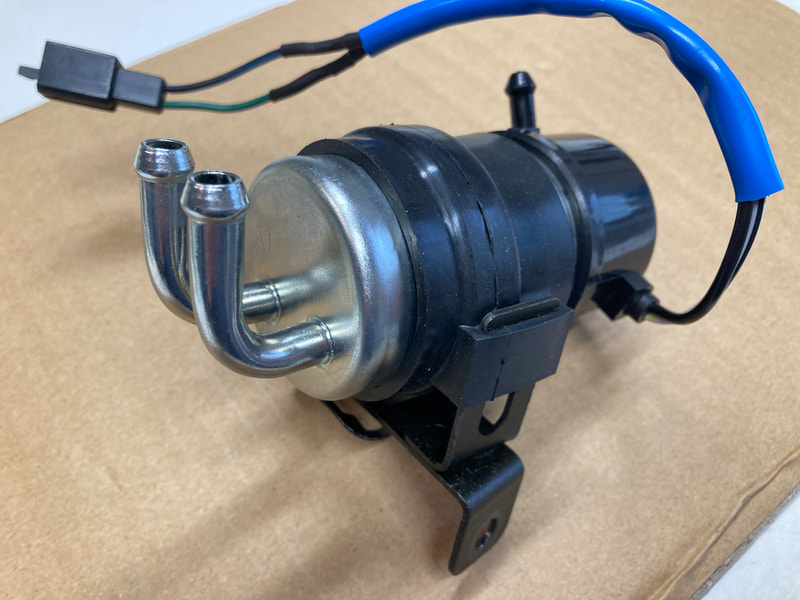
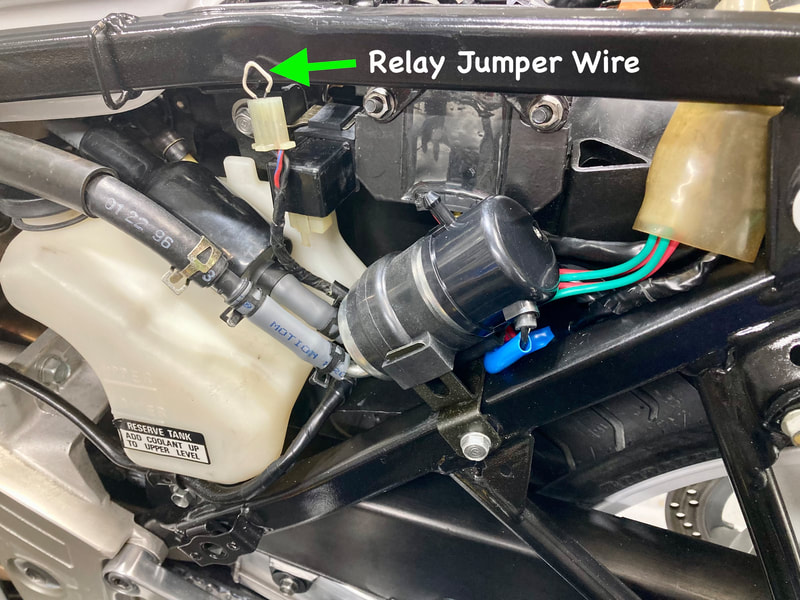
 RSS Feed
RSS Feed